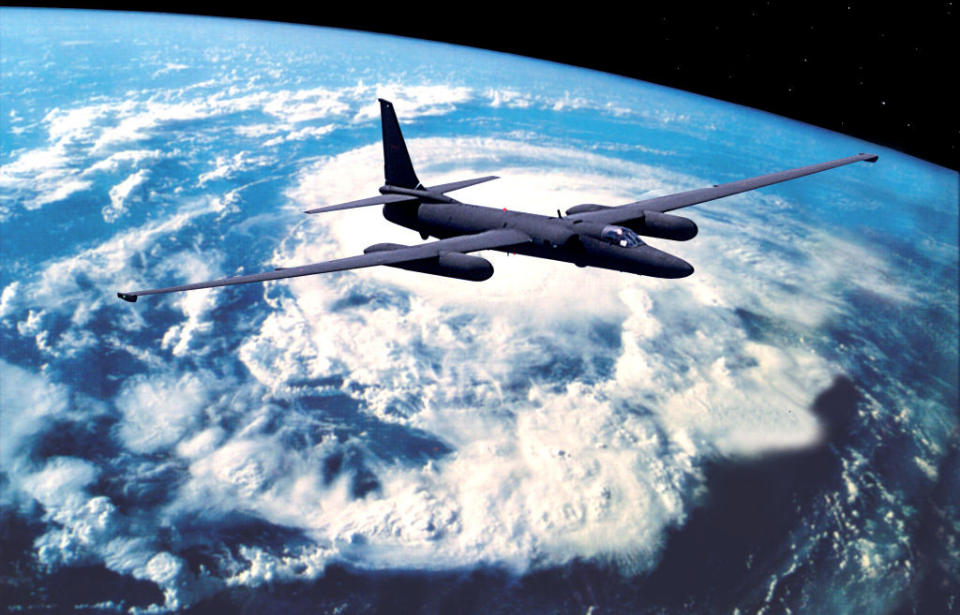The Lockheed U-2 is one of the oldest aircraft still in service, outliving its much more advanced siblings, including the SR-71. The silent, secretive plane is famous for loitering tens of thousands of feet in the air and conducting photo reconnaissance for the US Air Force (and even the CIA).
In the 1970s, Lockheed proposed arming the U-2 with extremely high-tech anti-ship missiles to generate some much-needed funds.
The Lockheed U-2
The U-2 is an incredible plane in many ways. It can fly at high altitudes, snap photos of the ground with great detail and has outlasted most aircraft from its era. It’s crazy to think it was developed in the 1950s by Lockheed’s Skunk Works and Kelly Johnson.
For such a groundbreaking aircraft, the U-2 was developed in a remarkably short amount of time – less than one year – and first flew in 1955.
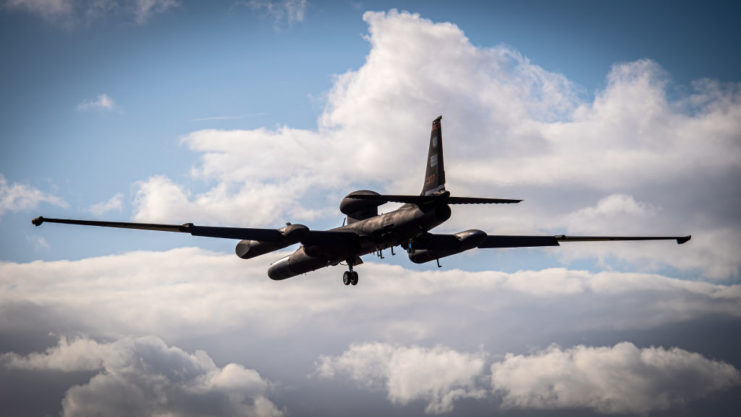
Most aircraft are developed to fulfill a specific role and are designed to function in other capacities if a task or mission calls for it. The U-2, however, is different. It was built for the extremely niche, specialist jobs associated with carrying out high altitude reconnaissance. As a result, the frame was fine-tuned to perform this one role – and do it very, very well.
The first U-2 spy planes were capable of taking photos of the ground at a resolution of 2.5 feet, from an altitude of 60,000 feet. Incredibly, their maximum altitude was over 80,000. In addition to this, they had a range of over 7,000 miles.
The highly-specialist capabilities of the aircraft made it famous for being hard to fly, requiring skilled pilots to master it.
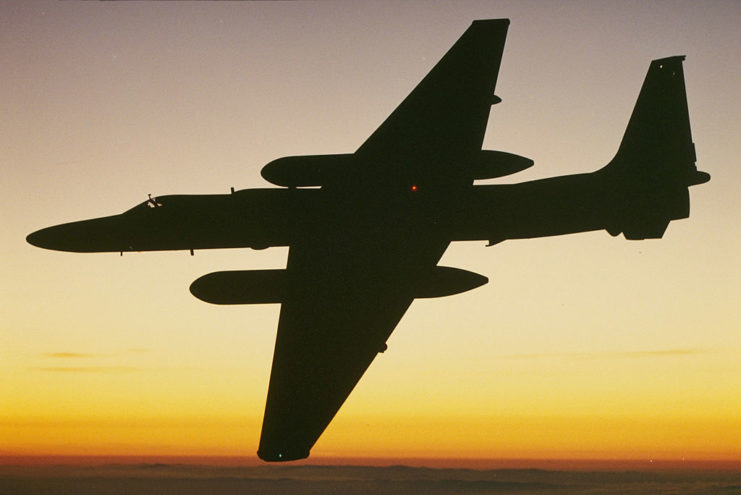
Since its introduction, the U-2 has received upgrades to both its avionics and optical equipment.
Adding a missile to the design
Lockheed started to experience cashflow problems in the 1970s, after a series of scandals, bad press and poor management decisions knocked the once-enormous contractor down to sixth place among American defense companies. To stop it going under, it received a $250 million loan from the US government.
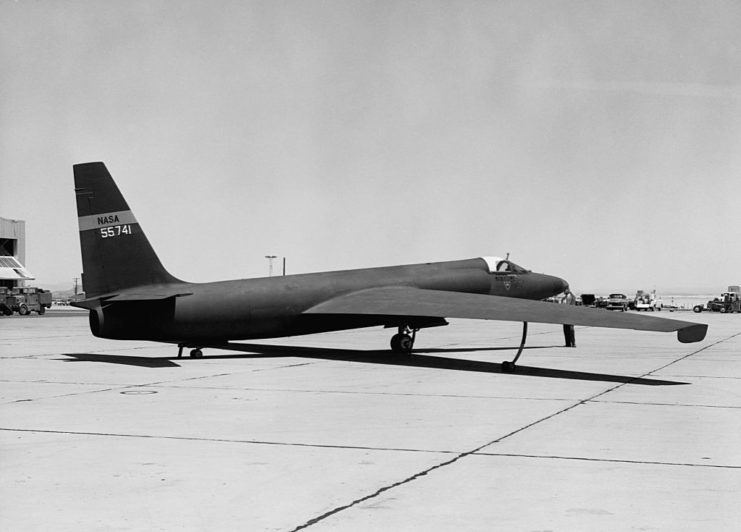
In desperate need of cash, Lockheed looked to the U-2. It had a tried and tested design and was well-established. Additionally, its production line was still running, reducing set-up costs. What did the company have in store for the veteran aircraft? Anti-ship missiles, of course.
Lockheed proposed the 315B, a U-2 variant that would carry a AGM-53 Condor air-to-surface missile. The weapon was extremely large, at four meters long and weighing nearly a ton, and had a range of 60 miles. A camera on the nose of the AGM-53 transmitted a live-feed image to the aircraft, allowing the user to precisely steer the missile to its target.
This was extremely advanced for its time and, as a result, quite expensive.
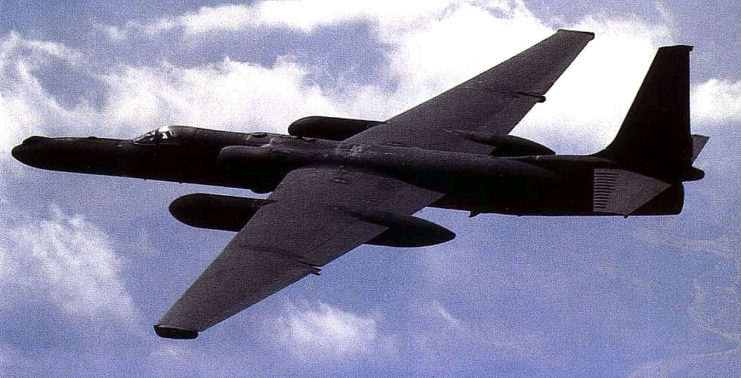
The proposed 315B variant would have meant an extra crew member was needed aboard the plane to operate the missile, similar to other two-seater jets like the F-14 Tomcat and F-4 Phantom. The rear position would have been where the weapons operator guided the AGM-53, via the live feed.
Get rich quick… Or not
The stability of the U-2, along with its altitude capabilities, would have made it an excellent platform from which to launch missiles, particularly against ships. However, as with many advanced proposals, the 315B didn’t get very far.
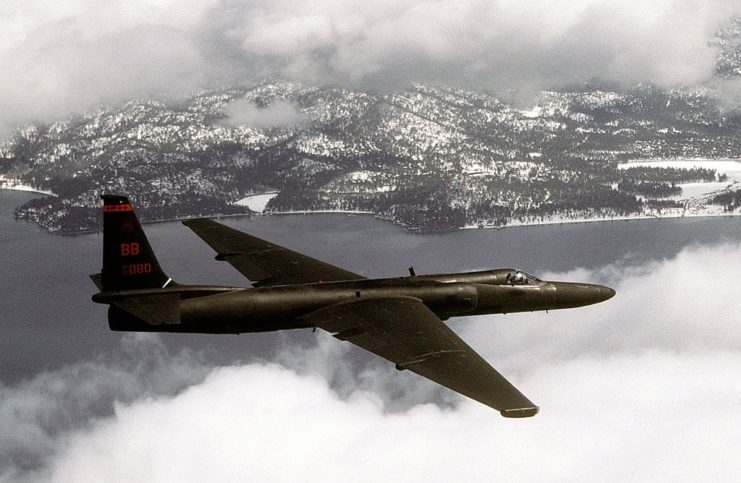
The proposal proved too expensive and complex, mostly due to how advanced the AGM-53 missile was. Engineers struggled to perfect its live-feed guidance system, which, despite being unreliable, was also quite expensive. Development of the missile began in 1962, but it wouldn’t fly until 1970. Furthermore, its relatively small warhead defeated the point of such a capable guidance system.
When it worked, the AGM-53 was a highly accurate and deadly weapon. However, in the end, it was decided the costs simply couldn’t be justified and its development was canceled in 1976. The 315B followed suit, although the U-2 continued its service, as it does today.
Lockheed recovered from its financial woes, largely due to the success of the F-117 Nighthawk, the world’s first dedicated stealth aircraft.
